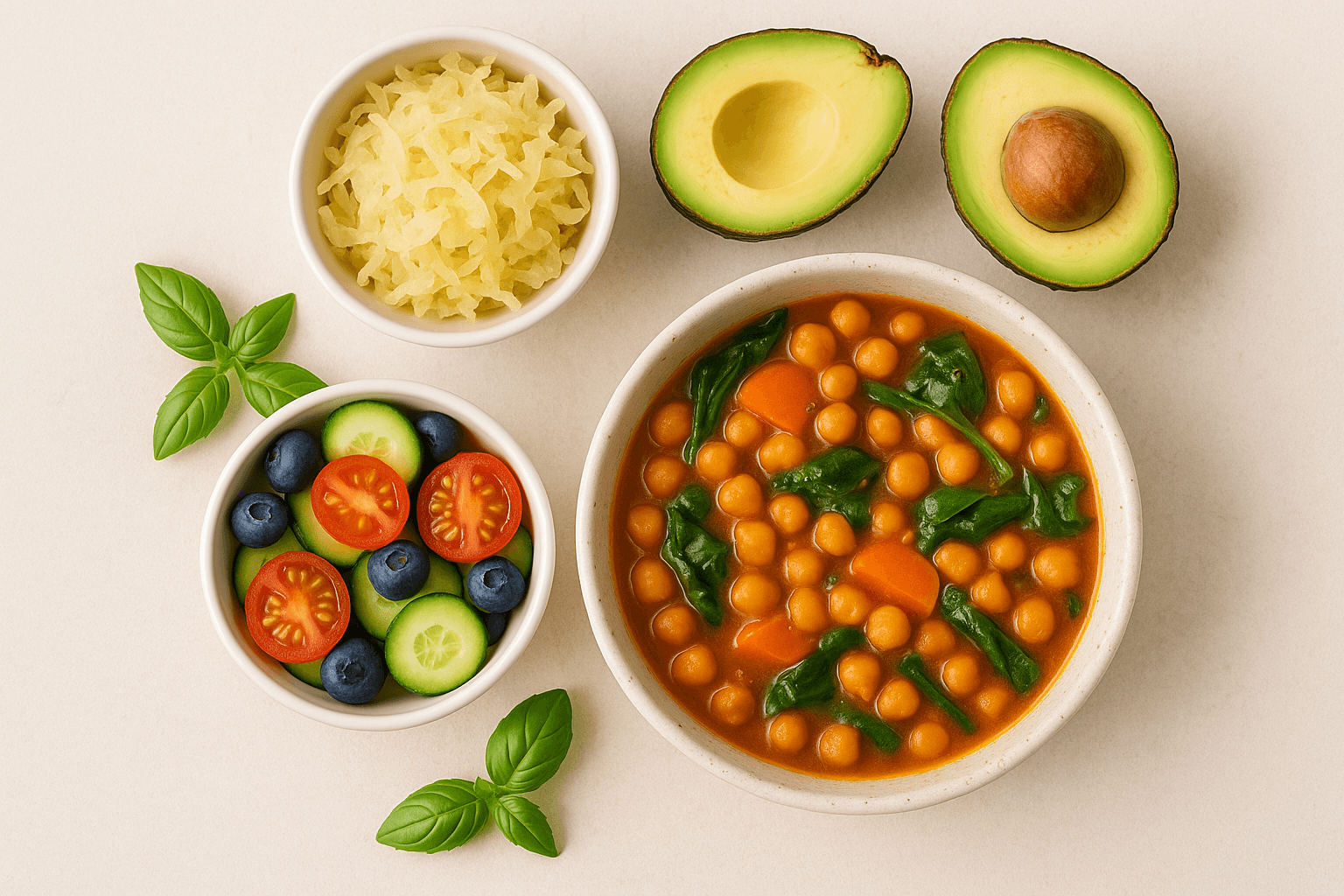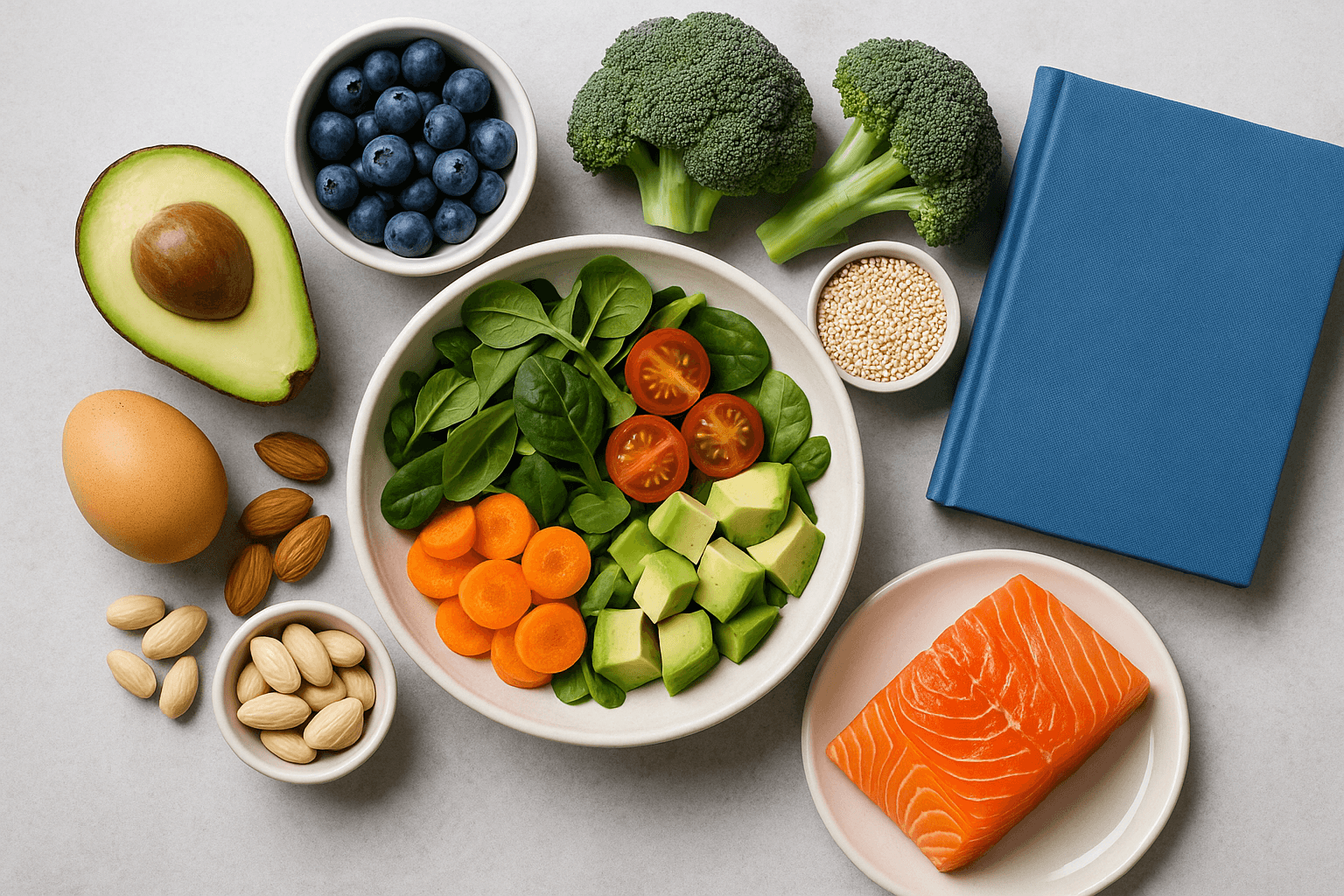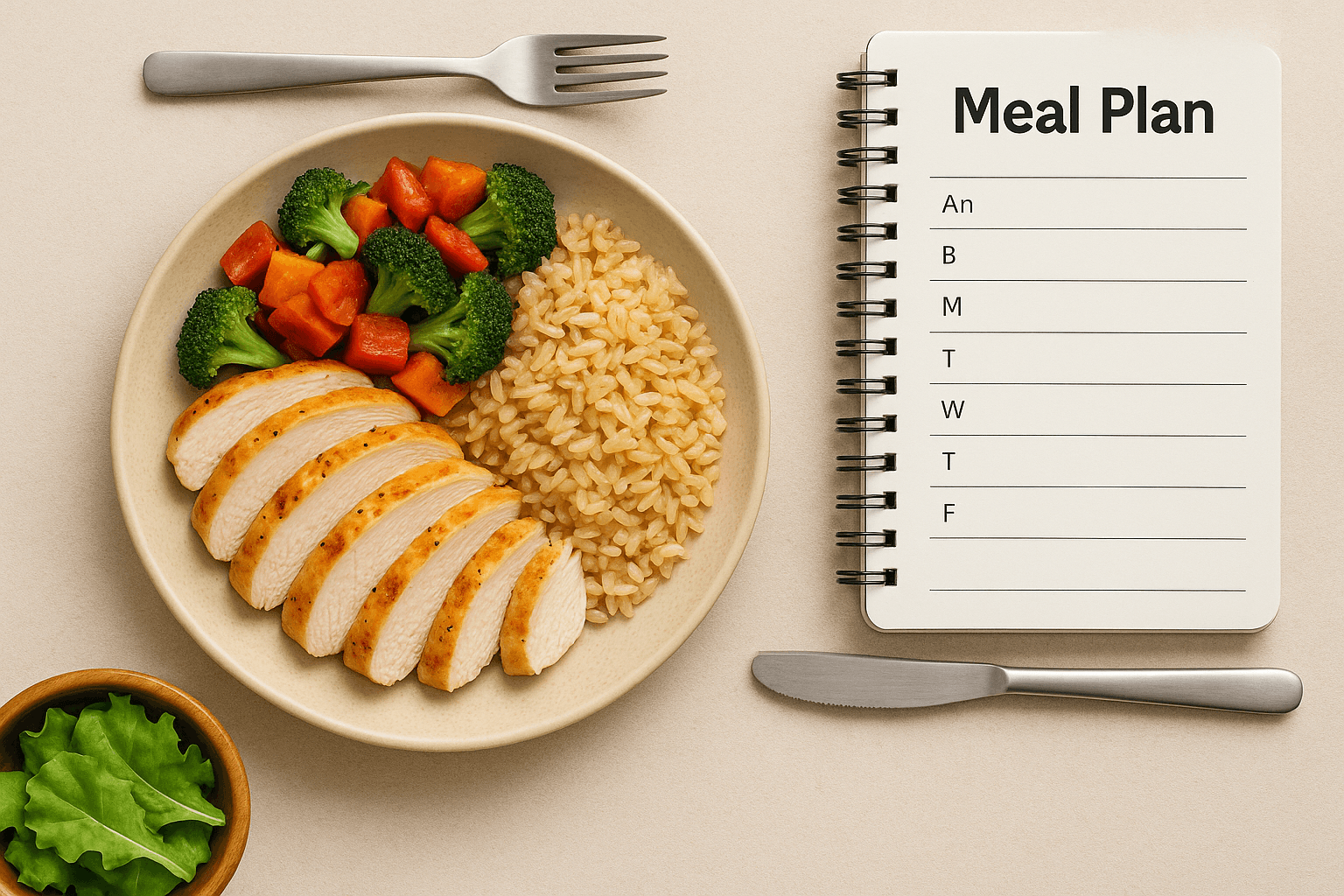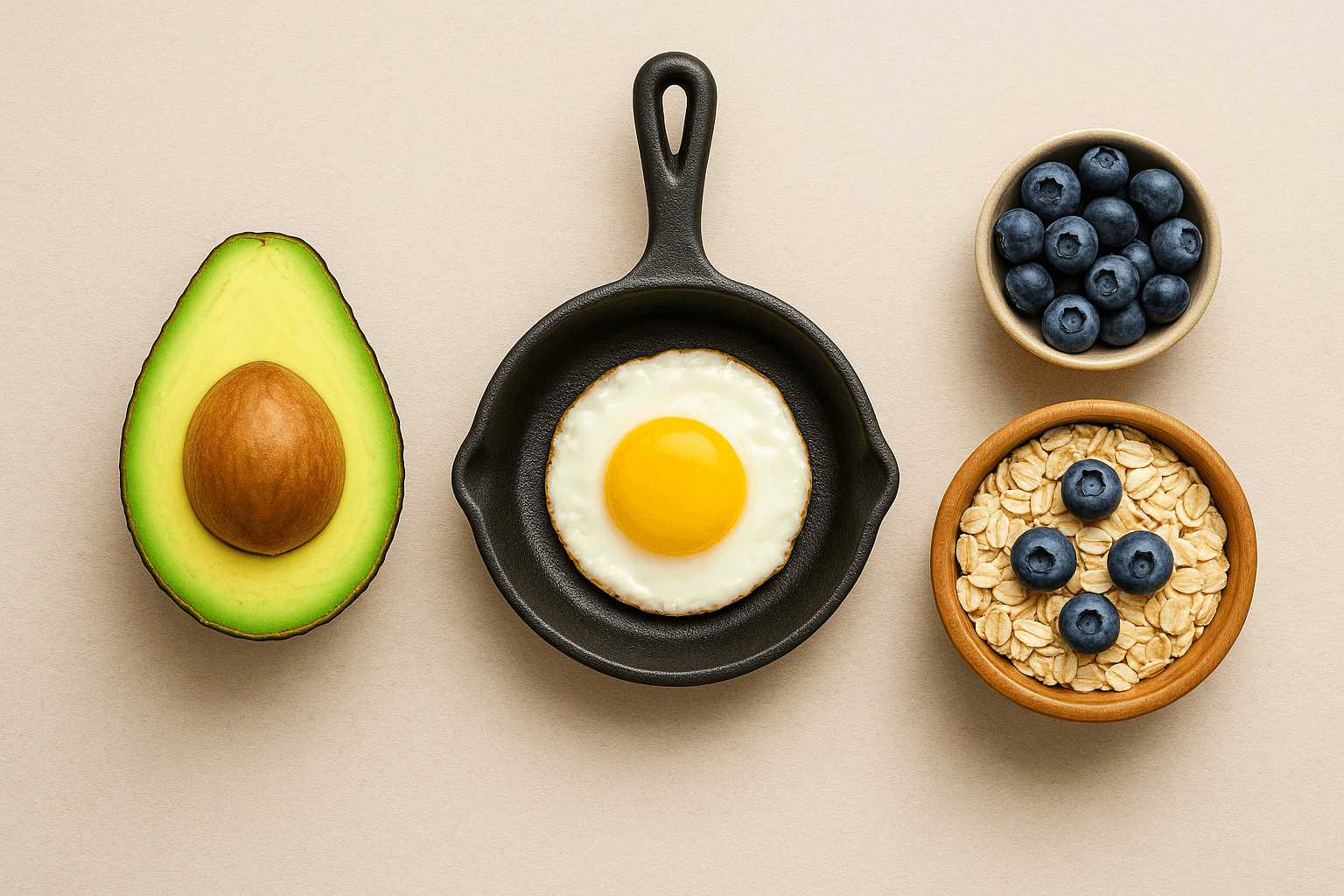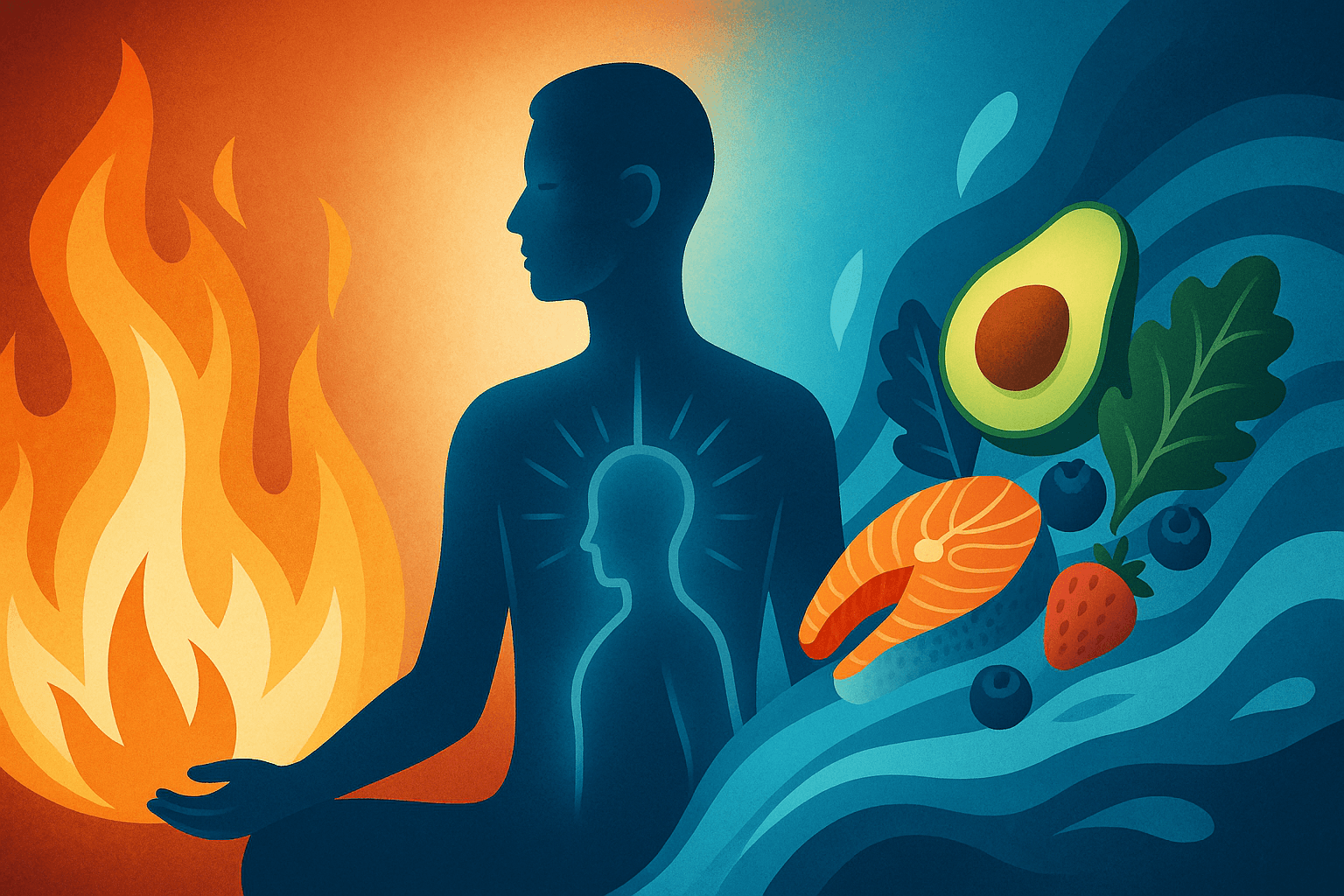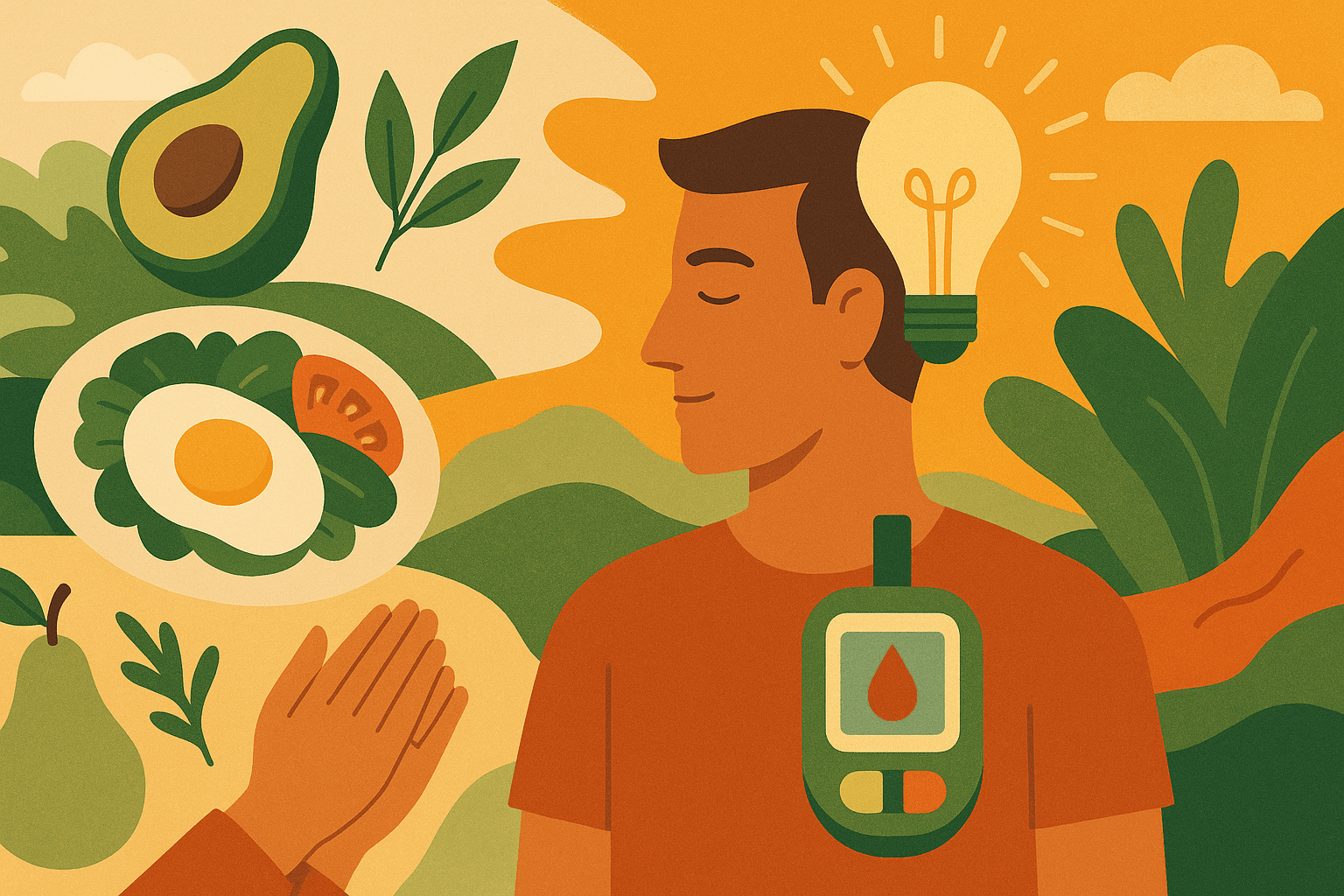Eat Smart, Live Long: How Healthy Eating Is So Much More Than What Your Diet Looks Like
Published on August 26, 2025
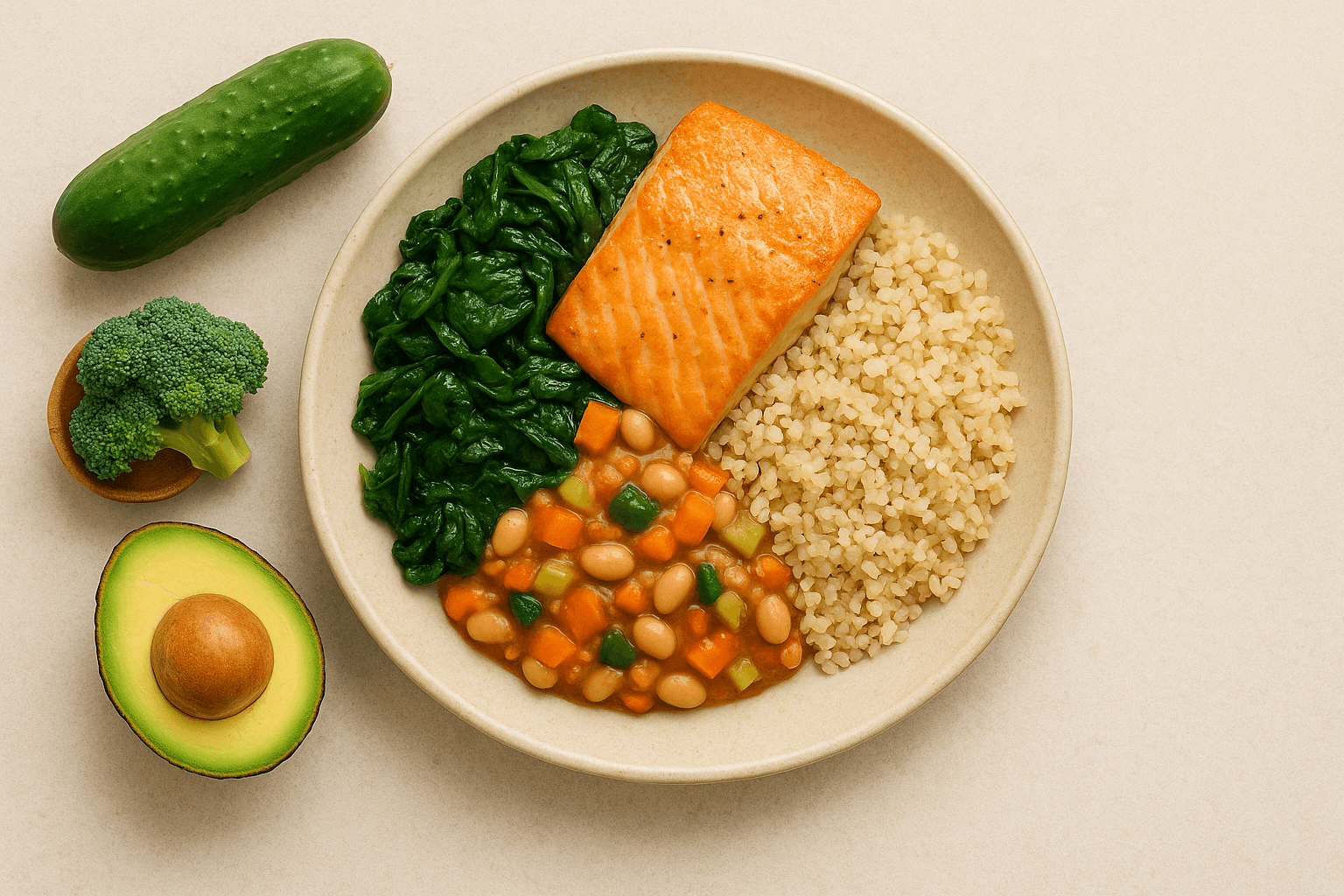
Forget fads. Forget food guilt. Healthy eating isn’t about perfection or deprivation — it’s about making consistent, quality choices to fuel your life.
In this guide, we’ll unpack:
What healthy eating looks like in 2025
Why this is not about eliminating entire food groups or counting every macro
How to establish a base of easy, nourishing decisions
Actionable advice for eating better when you're busy or overwhelmed
The 5 Building Blocks of a Nutrition Plan
Blood Sugar Stability
Include protein with every meal (25–35g)
Introduce many healthful plants (greens, broccoli, beans, flax)
Include good fats (e.g. olive oil, nuts, avocado)
Restrict naked carbs (sugar, bread, pasta without balance)
Gut Health First
Enjoy fermented foods 3–5x/week
Celebrate variety: 30+ plant foods weekly
Slow down, chew, respect digestion
Anti-Inflammatory Eating
Fish, flax and chia omega-3 fats
Colorful polyphenols (berries, greens, spices)
Eliminate industrial oils and ultra-processed foods
Energy, Clarity, and Flow
No post-meal crashes
Sustained energy, mood, and motivation
Don’t miss morning protein
Hydrate often
Balance electrolytes
Joy and Emotional Fulfillment
Savor food mindfully
Use herbs, spices, variety, and color
Form habits that feel generous, not depriving
The Anti-Perfectist’s Guide to Eating Well
2–3 hearty meals plus 1 snack (if needed)
Time-restricted eating within 10–12 hour window
Cook at home more often
Batch 1 protein, 1 grain, 2 veggies, 1 sauce
Reading Your Body
Signs of balance:
Stable energy between meals
Clear focus
Smooth digestion
Improved mood and sleep
Signs of imbalance:
Cravings, crashes, constipation, brain fog
Nutrition Is Seasonal, Circular, Personal
Adapt to seasons and female cycles
Summer: water-rich, fresh foods
Fall: root stews, warm spices
Winter: soups, slow carbs
Spring: greens, lighter meals
24-Hour Template for Energy and ClarityBreakfast: Scrambled eggs, kale, avocado, green tea
Lunch: Roasted veggie + lentil bowl with tahini
Snack: Apple + almond butter
Dinner: Salmon, cauliflower mash, broccoli, olive oil
Hydration: lemon water, herbal teas, mineral water
Final Thought: Consistency > Control
Ask:
“Is this food supporting how I want to feel?”
“Can I sustain this long-term?”
Health comes from rhythm, not rules. Start simple. Stay consistent.
Healthy Lifestyle — The Rhythm of Resilience
The Four Pillars of Resilience:
Food
Movement
Recovery
Focus
Eat to Align
Whole, unprocessed, fiber-rich foods
Protein at every meal
Aim for 30+ plant types/week
Healthy fats for hormones
Batch-cook weekly
Stick to 5–6 staple meals
Move to Support, Not Deplete
Walk daily
Strength training 2–3x/week
Gentle movement when stressed
Movement "snacks" every hour
Stroll after dinner
Rest Is Healing
Sleep 7.5–9 hours
Consistent bedtime
Winddown routine: no screens, magnesium, breathwork
Don’t eat 2–3 hrs before sleep
Mental Hygiene for Focus
Morning sunlight + movement
Limit multitasking
Tech-off rituals
5-minute meditation
Gratitude lists
Walks without headphones
Real-World StructureDaily anchors:
Wake → light + water
Midday → real lunch + short walk
Evening → light dinner + screen-free winddown
Weekly rhythms:
Sunday meal prep
3x strength, 2x cardio, 1 rest
Regeneration time: no-tech, nature, creativity
Final Thoughts
Health is rhythm.
Energy that lasts. Meals that ground. Movement that energizes.
Your body listens. Let rhythm remind it how to flourish.



